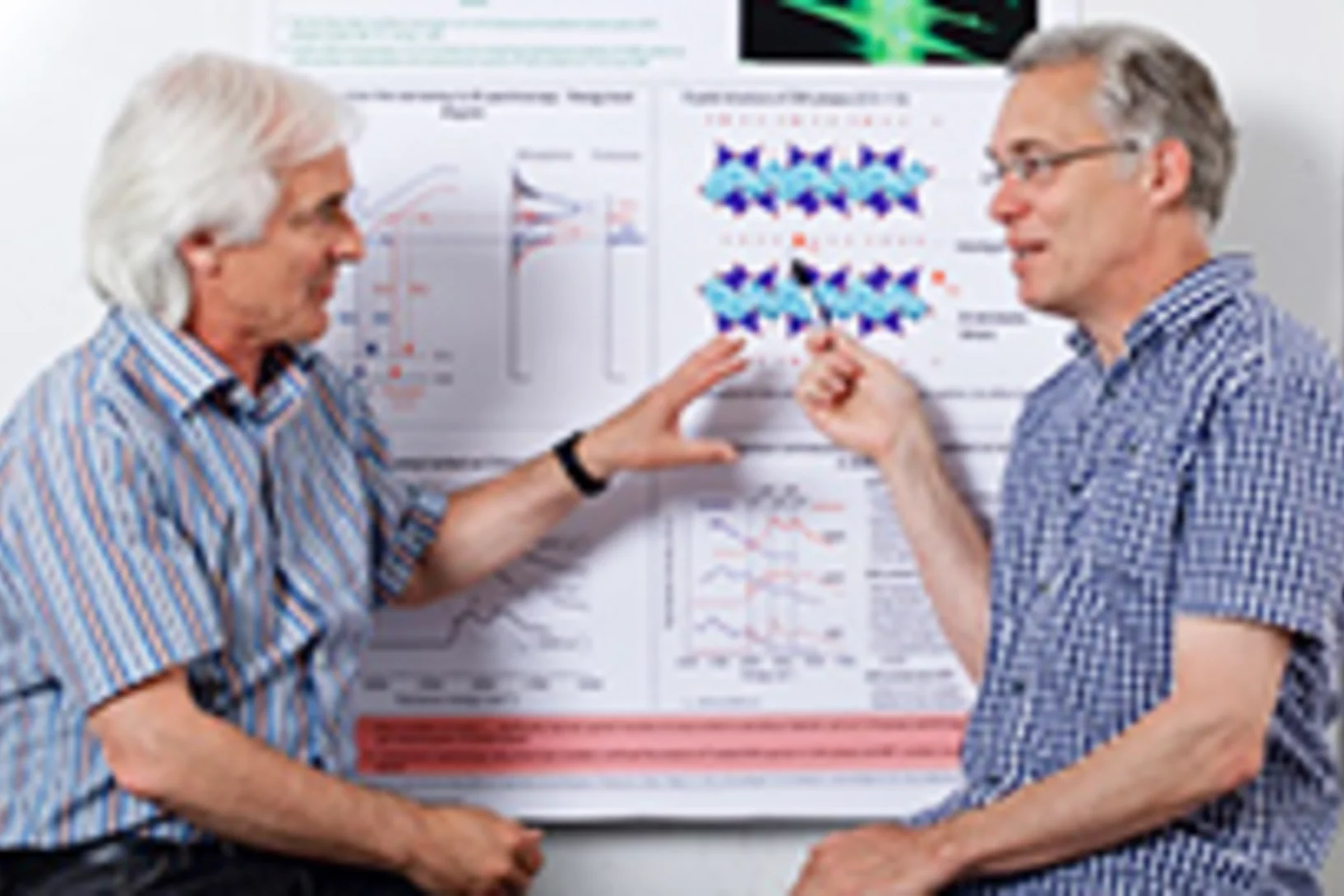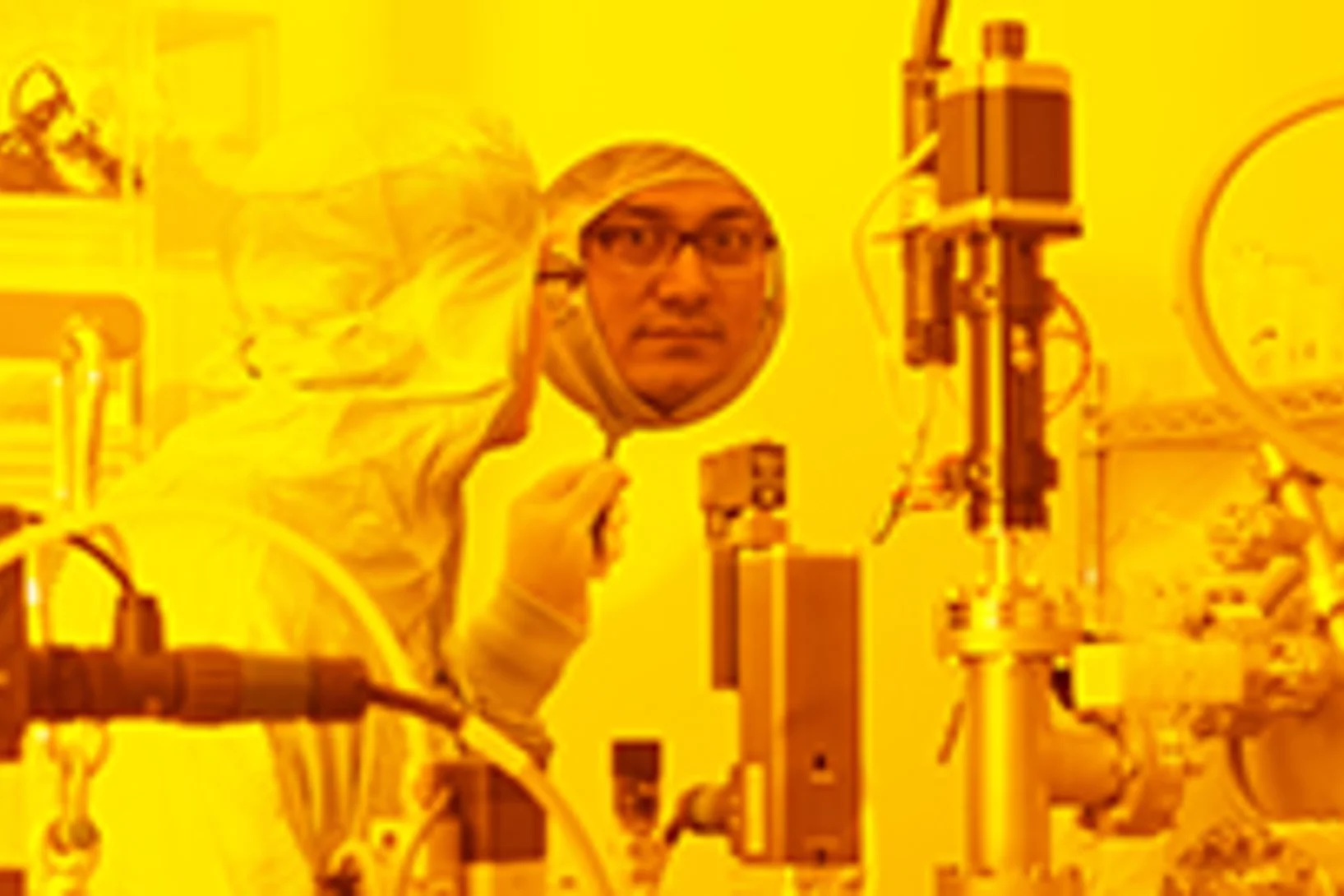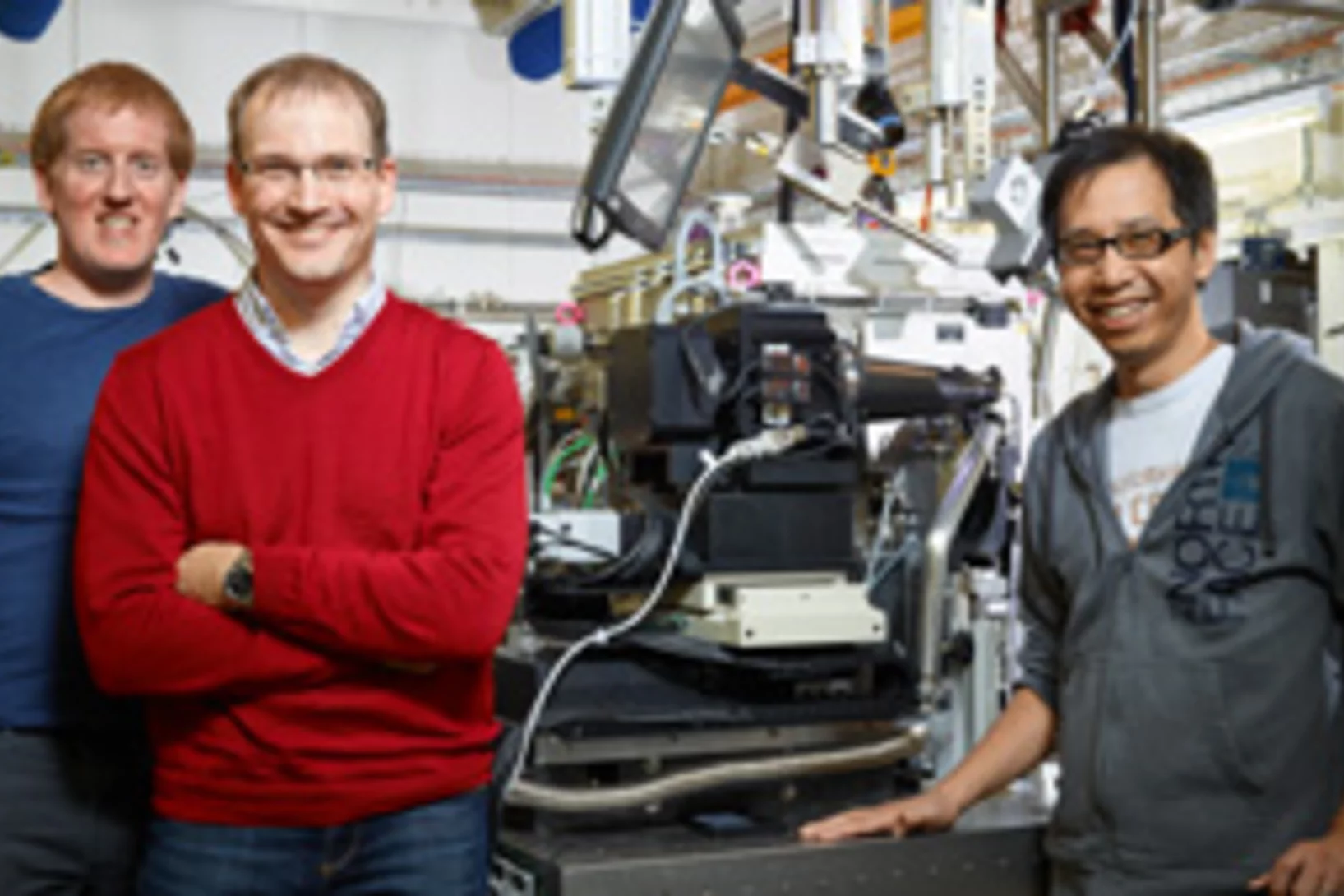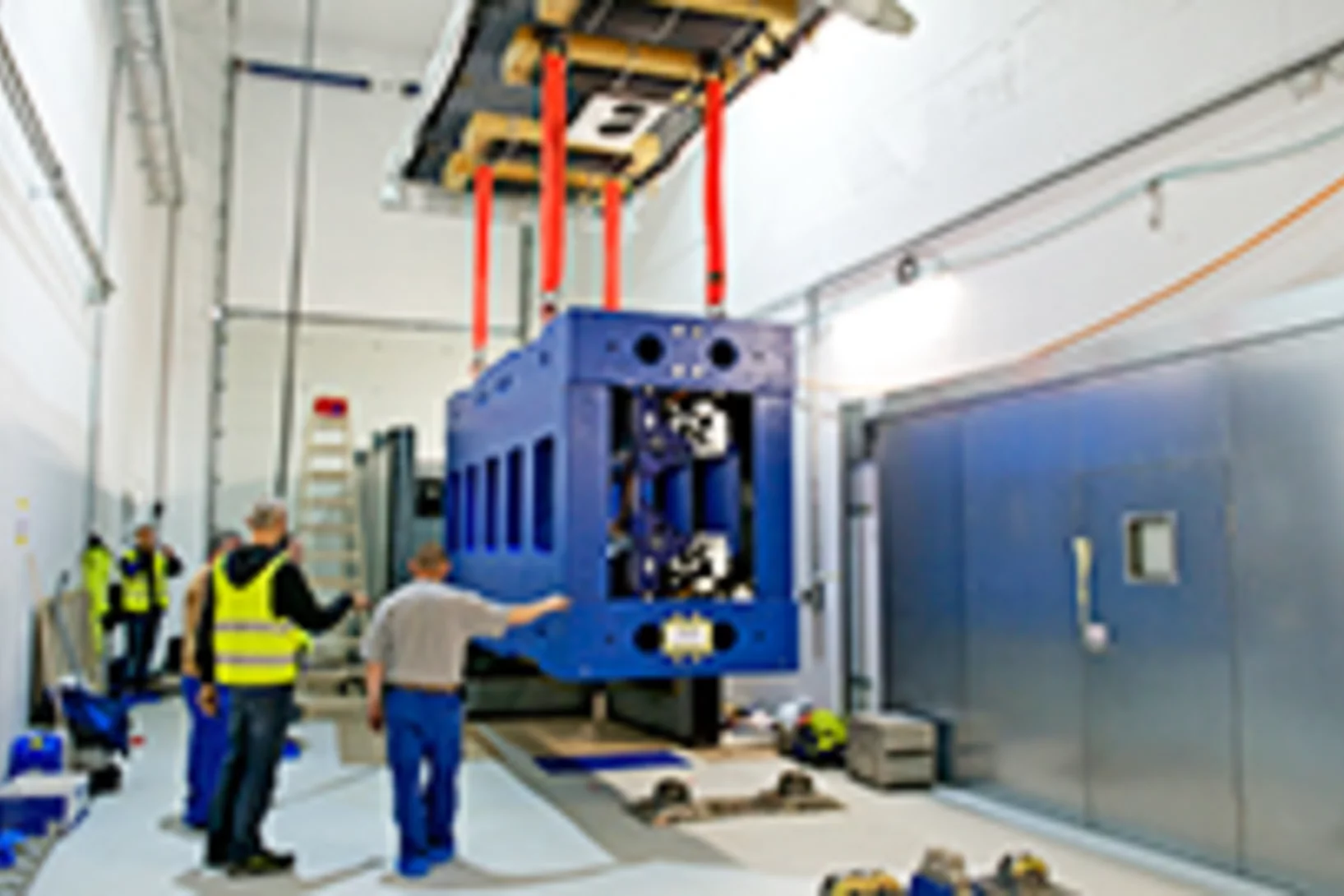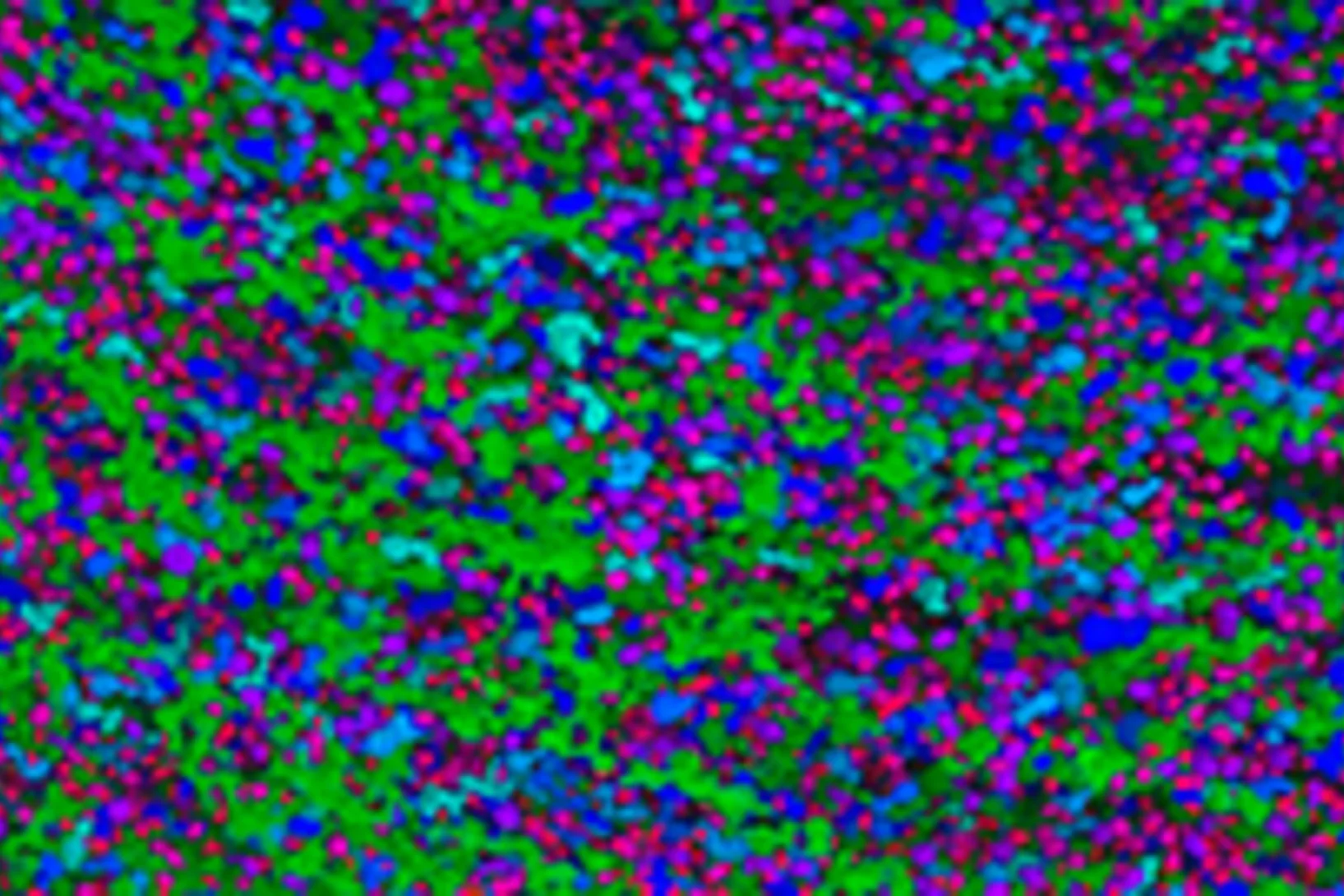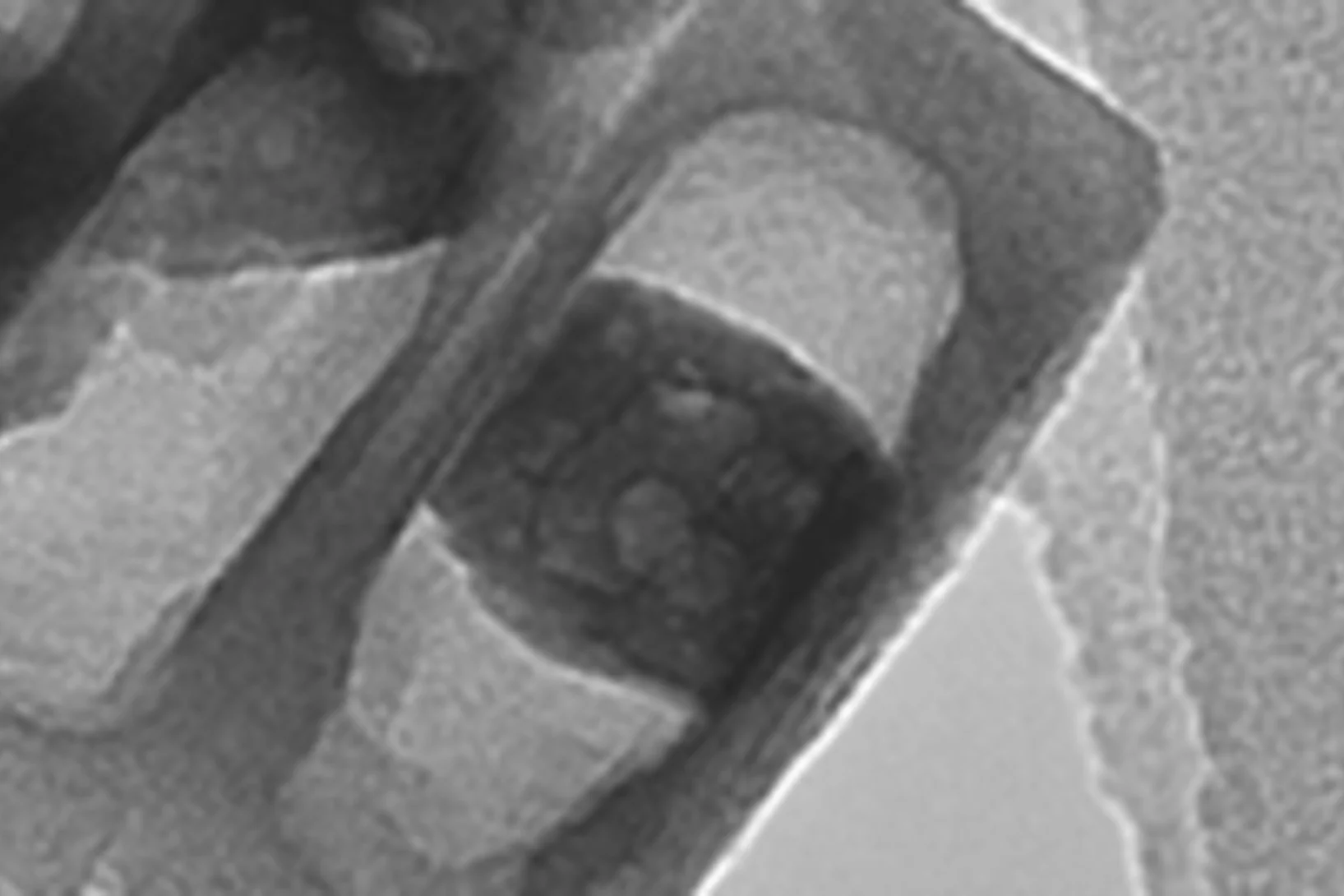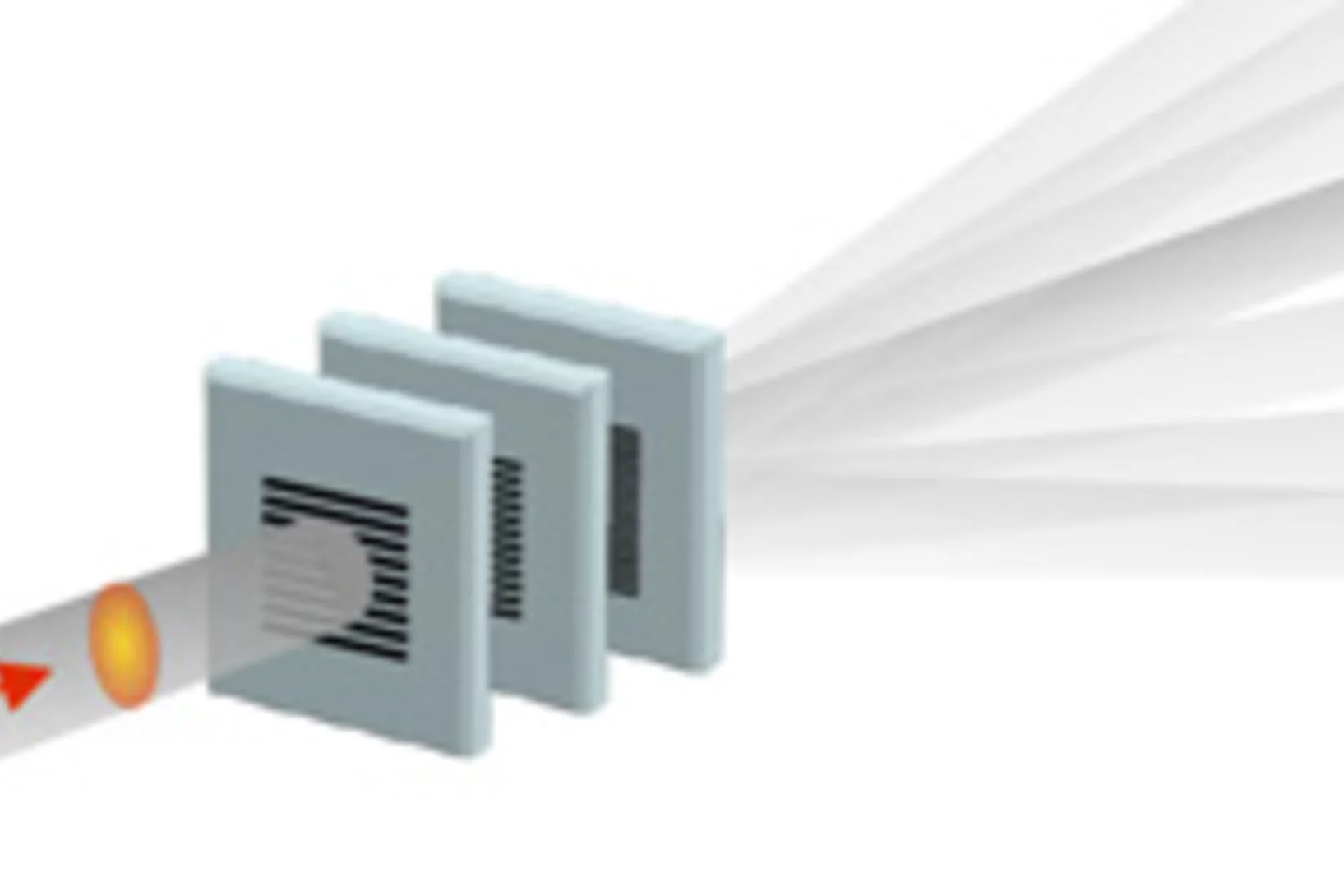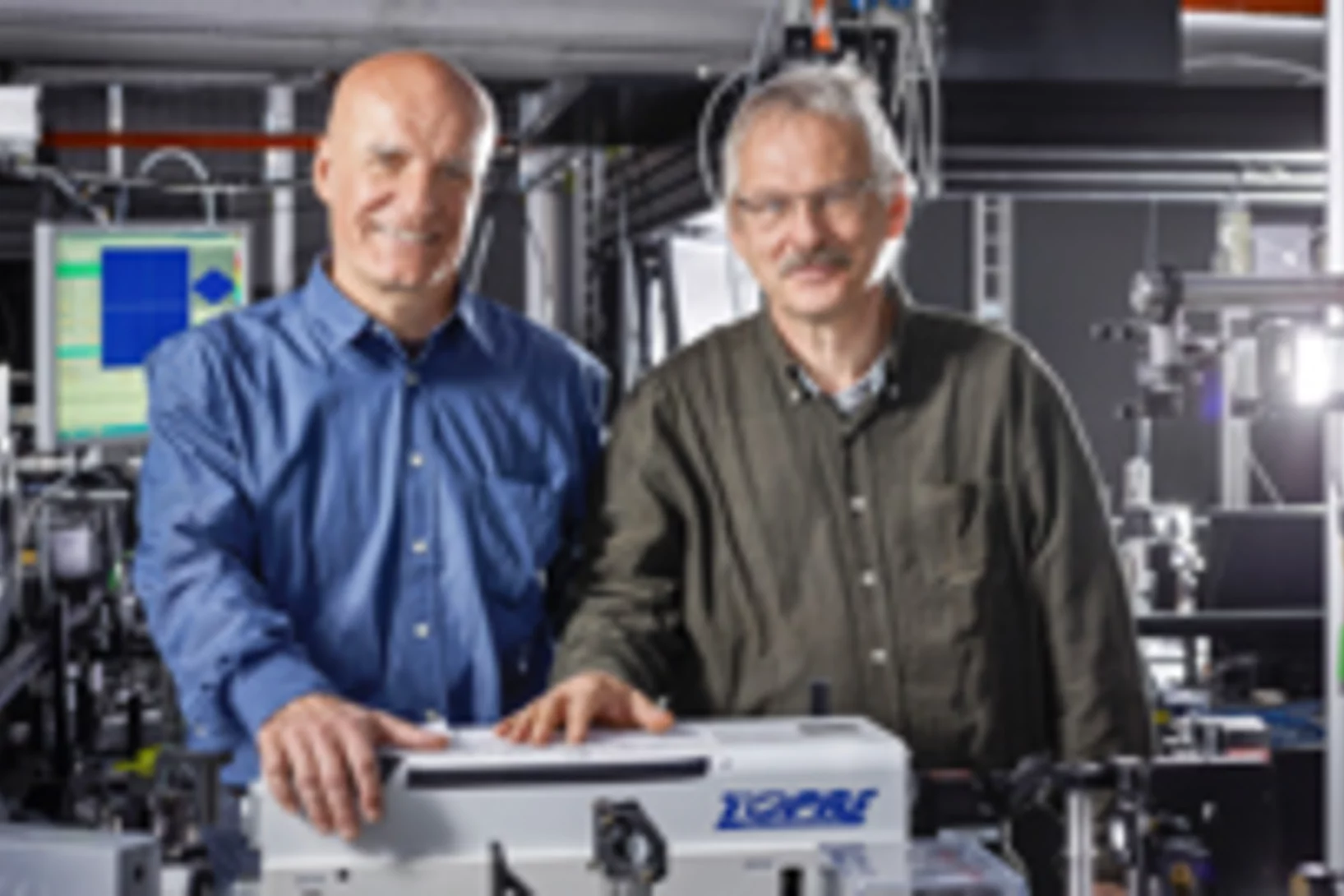PSI Stories
Radioactive waste caught in a cement trap
In a deep geological repository, low and intermediate level radioactive waste from nuclear applications is solidified by cementitious materials for several thousand years. Researchers from the Paul Scherrer Institute and the Karlsruhe Institute of Technology have now demonstrated how cement limits the mobility of those radioactive substances. The new findings improve our understanding of the processes involved in this early phase of deep geological disposal.
Fighting tumours with protons
Interview with Damien Charles WeberDamien Charles Weber has been the head and chief physician of the Centre for Proton Therapy, the only centre of its kind in Switzerland, since 2013. In this interview, he talks about the successes of proton therapy in cancer treatment and the objectives for the next few years in this field.
Seven nanometres for the electronics of the future
Researchers from the Paul Scherrer Institute have succeeded in creating regular patterns in a semiconductor material that are sixteen times smaller than in today’s computer chips. As a result, they have taken an important step closer towards even smaller computer components. Industry envisages structures on this scale as the standard for the year 2028.
Together, not alone
Decoding biomolecules at SwissFEL and SLSProteins are a coveted but stubborn research object. A method developed for x-ray free-electron lasers and PSI’s future SwissFEL should now help researchers to make good headway in this field. It involves x-raying many small, identical protein samples consecutively at short intervals, thereby avoiding the main problem that protein research has faced thus far: producing samples in a sufficient size.
First undulators reach the SwissFEL building
The first undulator frames have arrived at the SwissFEL building. They will take around six months to assemble, after which the finished undulators will be taken to the SwissFEL accelerator tunnel for installation.
From inside an eggshell
Tiny cavities inside eggshells supply the materials that stimulate and control the shell’s growth. Using a novel imaging technique, researchers from the Paul Scherrer Institute (PSI), ETH Zurich and the Dutch FOM Institute AMOLF have succeeded in depicting these voids in 3D for the first time. In doing so, they lift an old limitation of tomographic images and hope that one day medicine will also benefit from their method.
Research geared towards the future
Interview with Gabriel AeppliGabriel Aeppli has been head of synchrotron radiation and nanotechnology research at PSI since 2014. Previously, the Swiss-born scientist set up a leading research centre for nanotechnology in London. In this interview, Aeppli explains how the research approaches of the future can be implemented at PSI's large research facilities and talks about his view of Switzerland.
Gasoline from a nanoreactor
Researchers from the Paul Scherrer Institute (PSI) and ETH Zurich have developed a miniscule chemical reactor in the lab that could one day be used to produce gasoline and diesel more sustainably and cost-effectively than today. By specifically modifying nanometre-sized, porous zeolite crystals, the scientists built a nanoreactor that is able to complete two of the conversion steps for the production of hydrocarbons.
Split x-ray flash shows rapid processes
SwissFEL, PSI’s x-ray laser, is to render the individual steps of very rapid processes visible. A new method will facilitate especially precise experiments: the individual x-ray flashes are split into several parts that arrive at the object under examination one by one. The principle of the method harks back to the ideas of the earliest high-speed photography.
Prepared for the SwissFEL
For many years, PSI researchers have been testing experimental methods that will provide insights into novel materials for electronic devices. Using a special trick to make the Swiss Light Source (SLS) at PSI generate light with similar properties to that of PSI’s x-ray laser SwissFEL, the researchers were able to demonstrate that the experiments planned for SwissFEL are possible and they are now building an experimental station at SwissFEL.

